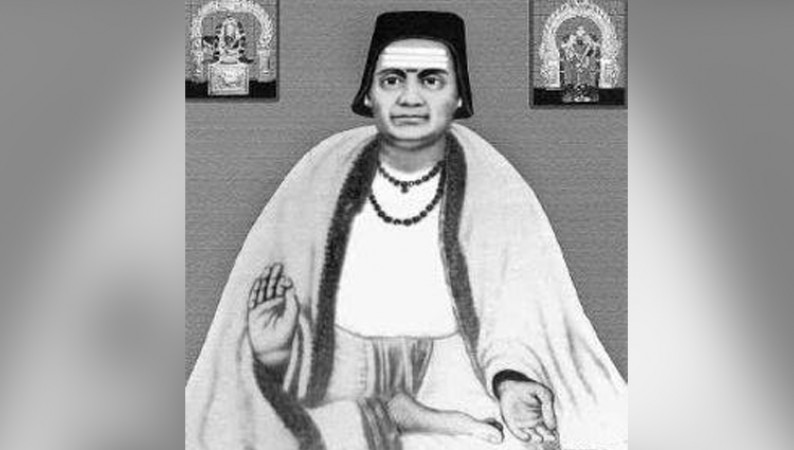
Bhaskara II, also known as Bhaskaracharya, was a prominent mathematician and astronomer who lived during the 12th century CE in India. His significant contributions to the fields of mathematics and astronomy have had a lasting impact on the development of these sciences. This article delves into the life, achievements, and legacy of this extraordinary genius.
Early Life and Background
Bhaskara II was born in 1114 CE in Bijapur, which is now part of modern-day Karnataka, India. He came from a family of scholars and mathematicians, which provided him with a conducive environment for nurturing his talents. As a young prodigy, he quickly displayed an aptitude for mathematics, and his passion for the subject continued to grow with time.
Contributions to Mathematics
Algebra
Bhaskara II's most notable work in mathematics lies in the field of algebra. He made pioneering advancements in solving equations, quadratic, and cubic equations in particular. One of his significant contributions was his approach to solving indeterminate equations, known as the "Bijaganita" (algebra). This treatise not only provided solutions to various algebraic problems but also introduced the concept of positive and negative numbers.
Trigonometry
In the realm of trigonometry, Bhaskara II made significant strides. His treatise titled "Lilavati" covers various trigonometric concepts, including sine, cosine, and tangent. The book not only explained trigonometric principles but also applied them to astronomical calculations, aiding in predicting planetary positions and eclipses. Bhaskara II's work in trigonometry laid the foundation for future developments in the field.
Approximation Methods
Bhaskara II's exceptional mathematical skills also led him to devise innovative approximation methods. In his book "Bijaganita," he introduced a numerical approximation of π (pi) as 3.1416, which was remarkably close to the actual value. His method for calculating square roots, known as the "Bhaskara I method," was an ingenious technique that simplified complex calculations.
Contributions to Astronomy
Apart from being a brilliant mathematician, Bhaskara II was also deeply interested in astronomy. His most renowned work in this domain was the treatise "Siddhanta Shiromani." This comprehensive work consisted of four parts: Lilavati (arithmetic), Bijaganita (algebra), Grahaganita (mathematics of the planets), and Goladhyaya (spherical astronomy).
Legacy and Impact
Bhaskara II's contributions to mathematics and astronomy were revolutionary and had a profound impact on future generations. His works were translated into various languages and spread to different parts of the world, influencing scholars and mathematicians for centuries. His innovative approaches to problem-solving continue to be studied and appreciated in modern mathematics.
Bhaskara II, the brilliant mathematician and astronomer, left an indelible mark on the world of science. His pioneering contributions to algebra, trigonometry, and astronomy laid the groundwork for further developments in these fields. His legacy continues to inspire and influence mathematicians, astronomers, and scholars worldwide.
BJP South District President Arrested for Insulting Karunanidhi and Kanimozhi, Details Inside
Rampaging Women Spark Chaos: Arson Attack in Manipur's Bishnupur District
Tell an Old Joke Day: Celebrating Timeless Humor of Yesteryears